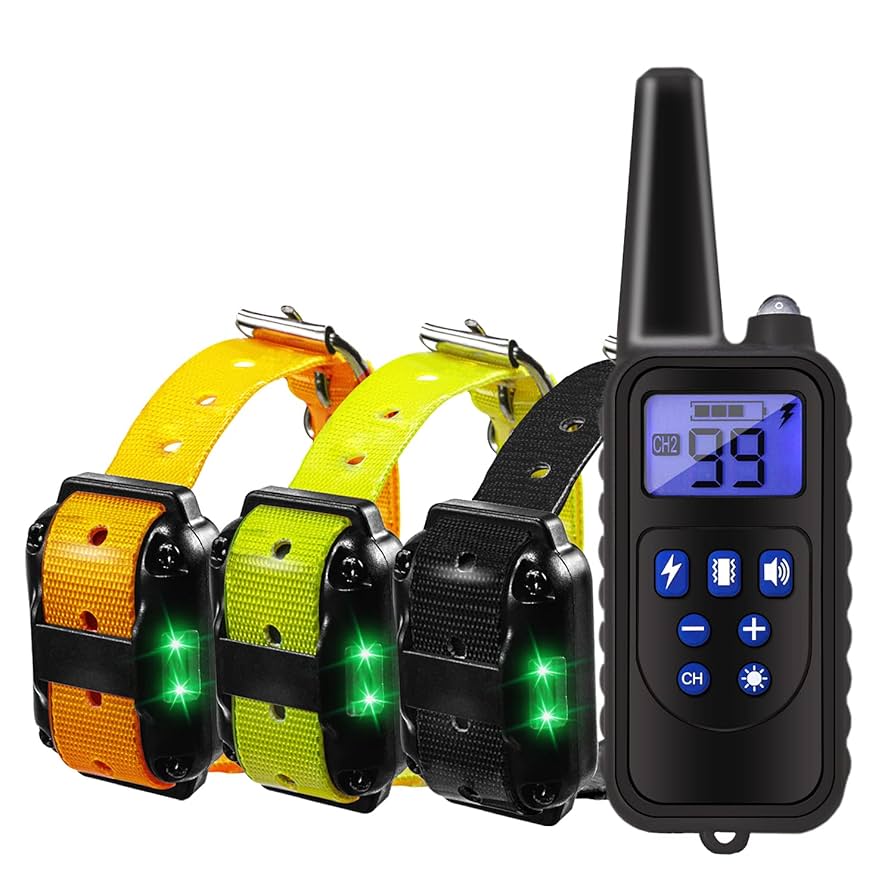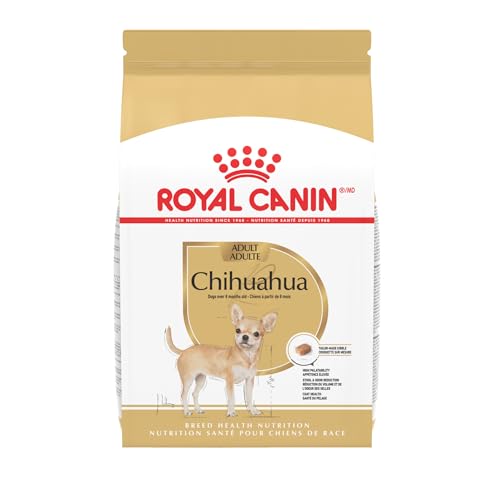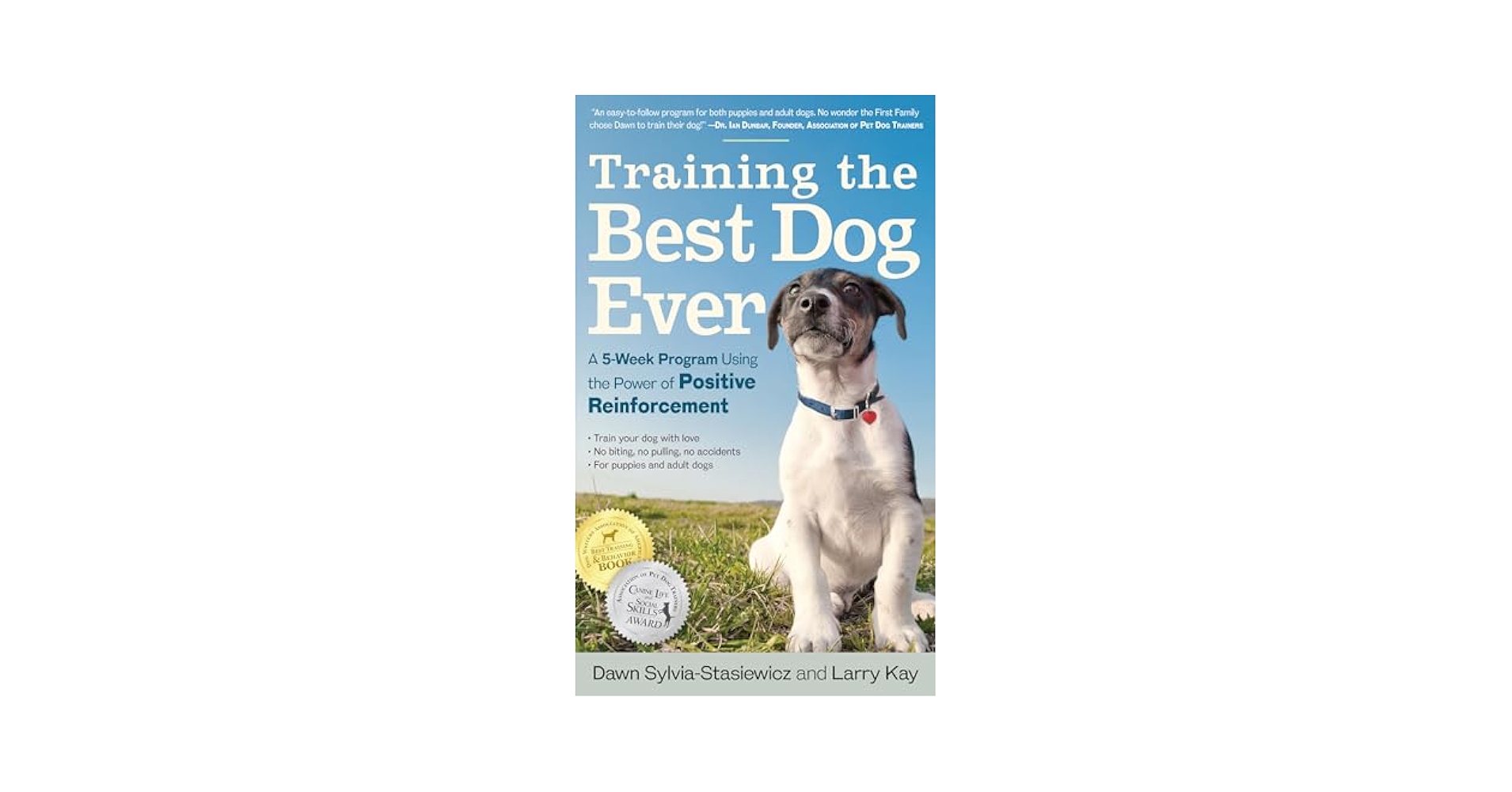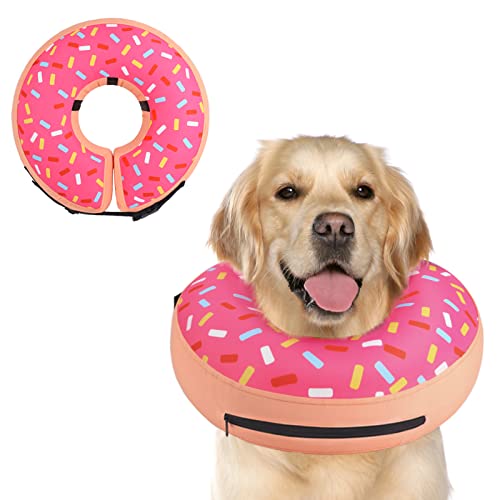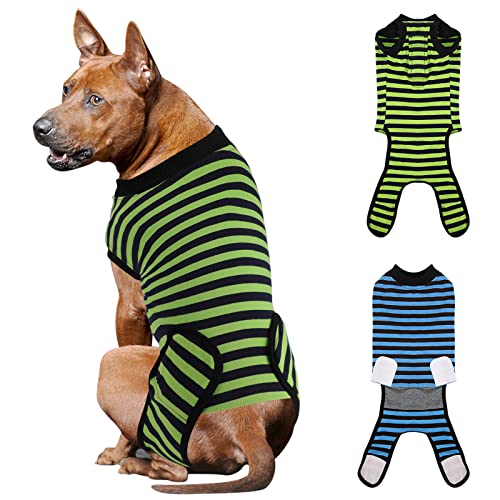Have you ever noticed your dog growling or snapping when someone gets too close to their food, toys, or favorite spot? This behavior is called resource aggression, and it can be confusing and even scary for you as a pet owner.
Understanding why your dog acts this way is the first step to keeping your home safe and your bond strong. You’ll learn what resource aggression really means, why it happens, and most importantly, how you can help your dog feel calm and secure.
Keep reading to discover simple, effective ways to handle this common issue and enjoy a happier relationship with your furry friend.
Resource Aggression Defined
Resource aggression in dogs is a common behavior issue. It happens when a dog becomes protective or defensive over items. These items can be toys, food, or even spaces like a bed.
This behavior shows as growling, snapping, or biting. Dogs use these actions to keep others away from their valued things. It is a natural instinct but can cause problems in homes.
What Triggers Resource Aggression?
Dogs feel the need to guard something they value. It may be because they fear losing it. Sometimes, past experiences make them more protective. Hunger or stress can also increase this behavior.
Common Signs Of Resource Aggression
- Growling or barking when someone approaches
- Snapping or biting to defend an item
- Stiff body posture near possessions
- Backing away while guarding a resource
Why Understanding Resource Aggression Matters
Knowing about this helps keep everyone safe. It allows owners to manage and reduce aggression. Early recognition can prevent injuries and stress. Training and patience can improve a dog’s behavior.

Credit: www.preventivevet.com
Common Signs In Dogs
Resource aggression in dogs shows through specific behaviors. Recognizing these signs helps in managing the issue early. Dogs act differently when they feel the need to protect something valuable.
Understanding these signs helps owners respond safely and calmly. It also improves the dog’s comfort and behavior over time.
Growling And Snapping
Dogs often growl when they guard a resource. Snapping at people or other pets is common. These are clear warnings to back off.
Stiff Body Posture
The dog’s body becomes rigid and tense. Their muscles tighten and they hold still. This posture shows they feel threatened or ready to defend.
Guarding Food Or Toys
Dogs may refuse to share food or toys. They keep their head low and eyes fixed. Moving closer can cause them to react aggressively.
Blocking Access
Dogs stand or sit between the resource and others. They use their body to block access. This behavior protects what they value most.
Intense Staring
A hard stare often warns others to stay away. The dog’s eyes focus intensely on the threat. It signals that the dog is serious about guarding.
Underlying Causes
Understanding why dogs show resource aggression helps manage and prevent it. This behavior usually has deep roots. It is often linked to genetics, environment, and past experiences. Each factor plays a role in shaping a dog’s response to valuable items like food, toys, or space.
Genetic Predispositions
Some dog breeds are more prone to resource aggression. Genetics can influence how strongly a dog guards its possessions. Traits like possessiveness or protectiveness can be inherited. This means certain dogs may naturally be more defensive over resources.
Environmental Factors
The dog’s surroundings impact its behavior greatly. Crowded or stressful environments may increase guarding instincts. Limited access to food or toys can cause competition. Dogs in unstable homes may feel the need to protect their belongings.
Past Experiences
Negative past events often trigger resource aggression. Dogs that faced scarcity or neglect may guard more. Abuse or punishment can also increase fear and defensiveness. Early socialization and positive experiences reduce aggressive responses.
Impact On Human-dog Relationship
Resource aggression in dogs can deeply affect your bond. When a dog guards food, toys, or even space aggressively, it creates tension that can lead to fear or mistrust. This behavior challenges your ability to interact freely and comfortably with your pet.
Understanding Trust Issues
Resource aggression often signals that your dog feels insecure or threatened. This insecurity can make your dog wary of your actions, especially around valued items. You might notice hesitation or avoidance, which weakens the trust between you.
Have you ever tried to take a toy from your dog and felt a sudden snap or growl? That moment can shake your confidence and make you question your dog’s feelings toward you.
Impact On Training And Daily Life
Training a dog that shows resource aggression requires patience and care. Aggression can slow progress since the dog may resist commands that involve giving up resources. This can make everyday activities like feeding or cleaning stressful for both of you.
Imagine wanting to reward your dog but hesitating because you fear a negative reaction. This hesitation can interfere with positive reinforcement, which is key to effective training.
Emotional Stress For Owners
Dealing with resource aggression often causes frustration and anxiety for dog owners. You may feel unsure how to handle your pet safely, leading to emotional strain. This stress can sometimes reduce the joy you experience with your dog.
It’s important to ask yourself: How does this behavior affect your peace of mind? Recognizing your feelings helps you seek the right support or strategies.
Building A Stronger Relationship
Addressing resource aggression properly can actually strengthen your bond. By working calmly and consistently, you teach your dog that you are a reliable partner. This reassurance reduces guarding behavior and builds mutual respect.
Simple steps like using positive rewards and respecting your dog’s space during vulnerable moments create safer interactions. Have you tried observing when your dog feels most protective? Timing your approach can make a big difference.
Assessment And Diagnosis
Understanding resource aggression in dogs starts with a careful assessment and accurate diagnosis. This process helps identify the triggers and severity of the behavior, guiding you toward the right approach for management or training. Skipping this step can lead to ineffective solutions and increased frustration for both you and your dog.
Behavioral Observation
Watching your dog in different situations reveals crucial clues about their resource aggression. Notice how they react when you approach their food, toys, or resting spots. Are they growling, snapping, or stiffening their body? These signs show their level of discomfort or defensiveness.
Try observing without interrupting. This allows your dog to behave naturally and gives you a clearer picture. You might spot patterns, like aggression only around certain items or people.
Ask yourself: Does your dog show this behavior consistently, or only when stressed or tired? Tracking these details helps you understand the root cause.
Professional Evaluation
Sometimes, resource aggression can be subtle or confused with other issues. A professional dog trainer or behaviorist can assess your dog’s behavior with expertise and objectivity. They use specialized techniques to safely test your dog’s reactions and identify triggers.
Veterinarians may also be involved to rule out medical problems that could cause irritability or pain. This step ensures you’re not missing health-related causes behind aggressive behavior.
Remember, a professional’s insight gives you a clear diagnosis and a tailored action plan. This can save you time and prevent mistakes that might worsen your dog’s aggression.
Training Techniques
Training a dog with resource aggression takes patience and consistent effort. Techniques focus on changing the dog’s feelings about sharing or giving up items. These methods help build trust between the dog and owner. They also reduce the dog’s need to protect objects.
Positive Reinforcement
Positive reinforcement rewards good behavior to encourage repetition. Give treats or praise when the dog allows you near their resource. This creates a positive link between your approach and good things. Start with low-value items and work up to higher-value objects. Always reward calm and non-aggressive responses. Avoid punishment, which can make aggression worse.
Desensitization Strategies
Desensitization means slowly exposing the dog to triggers without causing stress. Approach the dog with their resource at a distance they find safe. Gradually move closer over time, watching the dog’s body language. Stop if the dog shows signs of discomfort or aggression. Pair these moments with treats or toys. This process helps the dog feel less threatened and more relaxed.
Behavioral Modification Plans
Behavioral modification plans are essential when dealing with resource aggression in dogs. These plans help reshape your dog’s reactions to protect what they value, like food, toys, or even your attention. Without a clear plan, progress can stall or make the problem worse, so it’s crucial to approach this with patience and consistency.
Individualized Approaches
Each dog has unique triggers and thresholds for aggression, so one-size-fits-all solutions rarely work. You need to observe your dog closely to identify what items or situations provoke their guarding behavior.
For example, a dog might guard their food bowl but not their toys, while another might show aggression over their favorite person’s lap. Tailoring your approach means focusing on those specific triggers.
Start by teaching your dog that giving up an item leads to positive outcomes, like treats or praise. Gradually increase the challenge by introducing controlled situations where they practice sharing without feeling threatened.
Long-term Strategies
Short bursts of training won’t fix resource aggression. You need to commit to ongoing work that reinforces calm behavior around valued items.
Consistency is key: everyone in your household must follow the plan to avoid confusing your dog. Set clear rules about approaching your dog’s possessions and reward patience and relaxed behavior.
Have you noticed how some dogs respond better to gentle encouragement rather than firm commands? Understanding your dog’s personality helps you choose rewards and timing that keep them motivated over time.
Remember, the goal is to build trust and reduce anxiety, not just suppress aggression. Over time, your dog can learn that sharing resources leads to good things, not conflict.

Credit: pupford.com
Professional Assistance
Dealing with resource aggression in dogs can be challenging, and sometimes professional help is the best way to ensure progress. Experts bring knowledge and experience that can transform your dog’s behavior safely and effectively.
Role Of Animal Behaviorists
Animal behaviorists study why dogs act aggressively over resources like food, toys, or space. They observe your dog’s unique triggers and patterns before creating a tailored plan.
Unlike general trainers, behaviorists focus on the root cause of aggression, not just the symptoms. This approach helps you understand your dog’s feelings and reactions better.
Have you noticed your dog growling only around certain family members? A behaviorist can help identify underlying fears or anxiety causing this selective aggression.
Choosing The Right Trainer
Not all trainers specialize in resource aggression, so choose someone with experience in this area. Look for certifications and client reviews that highlight success with aggressive behaviors.
A good trainer uses positive reinforcement methods to change behavior without causing fear. Avoid trainers who rely on punishment, as this can worsen aggression.
Ask if the trainer offers a detailed assessment before starting sessions. This step ensures they understand your dog’s needs and set realistic goals.
Remember, your active involvement is crucial. Trainers guide you, but your consistency at home makes the real difference.
Preventive Measures
Preventing resource aggression in dogs requires consistent care and attention. Early actions can shape a dog’s behavior positively. These steps build trust and reduce the chance of aggression over time.
Early Socialization
Introduce puppies to different people, animals, and environments early. This helps them feel safe and less possessive. Exposure to various situations teaches dogs to share and remain calm.
Allow gentle handling during feeding and play. Let the dog see that humans do not threaten their resources. Positive experiences in early stages lower the risk of aggression later.
Consistent Training
Train your dog using clear and simple commands. Reward good behavior around food and toys. Set consistent rules for resource access and stick to them.
Practice “leave it” and “drop it” commands daily. Teach sharing by offering treats and toys in controlled ways. Consistency helps dogs understand expectations and reduces anxiety over possessions.

Credit: www.facebook.com
Myths And Misconceptions
Resource aggression in dogs often carries a lot of confusion and mistaken beliefs. Many dog owners feel uncertain about what it really means and how to handle it. Separating fact from fiction can help you better understand your dog and create a safer environment for everyone.
Common Myths
One widespread myth is that resource aggression means your dog is dominant or trying to take control. This isn’t always true. Dogs may guard food, toys, or space simply because they feel insecure or threatened.
Another misconception is that punishing a dog for resource aggression will stop the behavior. In reality, harsh punishment can increase fear and worsen aggression. Building trust and teaching clear boundaries works much better.
Some believe only aggressive or poorly trained dogs show resource aggression. Even well-behaved dogs can display this behavior if they feel their valued items are at risk. It’s often about survival instincts, not bad manners.
Clarifying Misunderstandings
Resource aggression is not a sign of a “bad dog.” It’s a natural response to protect something important. Recognizing this helps you approach the issue with empathy rather than frustration.
Understanding what triggers your dog’s guarding behavior is key. Is it stress, fear, or past experiences? Observing when and why your dog acts aggressively gives you clues to address the root cause.
Have you noticed your dog stiffening or growling when you reach for their bowl? This is a clear warning, not just bad behavior. Respecting these signals and working on gentle desensitization can reduce tension over time.
Remember, resource aggression isn’t fixed overnight. With patience, positive reinforcement, and consistency, you can help your dog feel safe enough to share their resources without fear.
Frequently Asked Questions
What Is Resource Aggression In Dogs?
Resource aggression in dogs is a behavior where a dog aggressively guards food, toys, or space. It is a protective instinct to keep valuable items safe from perceived threats.
Why Do Dogs Show Resource Aggression?
Dogs show resource aggression due to fear, insecurity, or past negative experiences. It helps them feel secure by controlling access to valued resources.
How Can I Prevent Resource Aggression In My Dog?
Prevent resource aggression by teaching sharing skills, using positive reinforcement, and avoiding punishment. Early socialization and consistent training are key to reducing this behavior.
Is Resource Aggression Dangerous For Families?
Resource aggression can be dangerous if a dog bites or growls near people. It’s important to manage it early for safety and harmony at home.
Conclusion
Resource aggression in dogs can cause stress and safety concerns. Understanding why dogs act this way helps owners manage behavior better. Consistent training and patience reduce aggressive reactions over time. Offering clear rules around toys and food creates a calm environment.
Watching your dog’s body language prevents conflicts before they start. Every dog is different; learning their needs is key. With care and effort, you can build trust and peace at home. Keep observing, stay calm, and support your dog’s growth daily.

